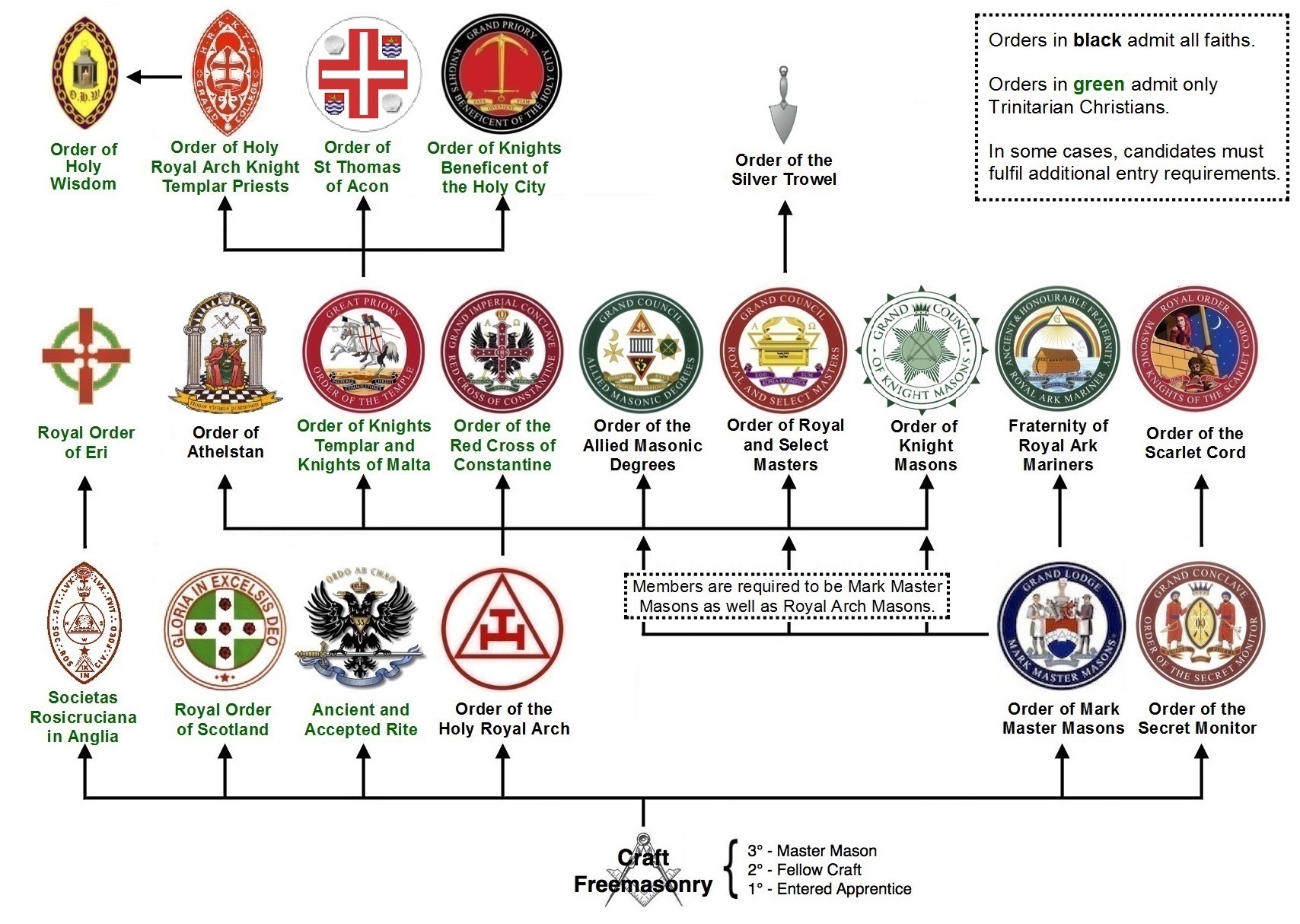Keep this page caffeinated, buy me a coffee buymeacoffee.com/cortereal or, if you are in Brazil, pix (felipecortereal@gmail.com)
In our previous post, we left the Freemasons making an oath to bestow upon the Grand Master their “Separate and Distinct rights and powers of Congregating in Chapters and in the present old Lodges in London in trust.” It is no surprise if the term “Chapter” caught the attention of all the Royal Arch enthusiasts out there. Does this signify that the Royal Arch existed even before the Master Mason degree? Not so fast. Just like other words in this document, we need to consider their meaning at the time. The term “Chapter” referred to a section of something, not just books. According to the “An Universal Etymological English Dictionary”, from 1721, a chapter was “a division.” This passage also highlights the document’s embryonic nature, as it adopts a broad term to discuss masonic congregations. It further supports the argument that, during that time, the prevailing meaning of “lodge” was for a gathering rather than a fixed congregation.
The minutes go on to state that “the same was Publikly Recognised and Notified to their Brethren in Grand Lodge Assembled.” Hence, this covenant was not a hidden, mysterious, or encrypted agreement. It was public, and the minutes declare that this transfer of rights was communicated to all Freemasons present at the Grand Lodge meeting. One of the intriguing aspects of this agreement, particularly for modern Freemasons, is the absence of material symbols. In other words, there are no “keys to the lodges,” special aprons, or sceptres handed over to the Grand Master to symbolize their newly acquired sovereignty. The transfer of powers over the lodges and future chapters of Freemasonry (whether they would be referred to as lodges or not) was granted to the Grand Master, who now presided over a permanent Grand Lodge.
The minute concludes by stating, “The Masters of the old Lodges Accepted the Trust for their Lodges and were Sworn Accordingly.” Here, we see the expected inversion of dynamics. The lodge masters relinquished their sovereignty to a Grand Master, and now those same masters have sworn their allegiance to the Grand Master and the Grand Lodge. During that time, lodge masters and wardens held a fixed position. This inference can be made not only from these minutes or the initial list of lodges printed in England but also from reported customs in other countries during the same decade (1720s), such as Ireland and France.
To recap, let’s summarize what transpired in this meeting at Stationer’s Hall on June 24, 1721: The Duke of Montagu was installed as the Grand Master of Masons, swearing to uphold the alleged privileges of the Freemasons of England, preserve the old records, and prevent any alterations to their established practices. It was also agreed that the Duke’s successor would take the same oath. Furthermore, the masters of the established lodges in London and Westminster transferred their sovereignty to the Grand Master, swearing their allegiance to the Grand Lodge under this new covenant.
Nothing in this minute would be surprising if it weren’t the first recorded instance of such actions, most likely indicating that similar events had occurred before. Just as the Schaw Statutes can be seen as the genesis of Speculative Freemasonry, the meeting at Stationers’ Hall can be considered the beginning of Modern Freemasonry. However, before delving into the reasons why, some clarifications are necessary, especially for Freemasons.
Transitions do not happen overnight. No one woke up in the Middle Ages after the fall of the Roman Empire or suddenly realized the Renaissance had arrived after a wild night of revelry. Transitional processes are slow and complex. Historians divide time into eras, ages, centuries, and other categories to better comprehend human actions across time and space. These divisions are based on what we call (warning: jargon ahead) etic concepts. Simply put, these are abstractions used to study the objects under investigation. In order to avoid revisiting the era of our earliest ancestors or diving into discussions about the legal aspects of marrying a robot, historians need to isolate a specific slice of time and space. The larger chunks are then labelled to facilitate more systematic exploration of their specific aspects.
This is why it is important to differentiate between Speculative Freemasonry and Modern Freemasonry: to understand the continuities and ruptures in the practices and beliefs of the Freemasons. The distinctive features, evident in this minute, include the establishment of a procedure for installing Grand Masters and the core content of the oath to be taken by subsequent Grand Masters. This indicates a desire for some rotation of individuals in that position, as there are no indications of an intention to perpetuate the Duke in office. The spontaneous nature of Speculative Freemasonry was now being replaced by lodges not only organized according to the Grand Lodge’s designs but also exhibiting a more stable structure. It is worth noting that most records of lodges in England prior to this meeting refer to impromptu lodges.
During this meeting, the document acquired by George Payne (Additional MS. 23198) was solidified as the cornerstone of Masonic history and tradition. As is the case with any standardization of practices, especially those of an organic nature, the establishment of the Grand Lodge was not without ambitions of grandeur. The oaths taken by the Grand Master and the Lodge Masters were made in the name of all masons in England, something that led to discontent not only immediately afterwards, as evidenced by the Grand Lodge of All England held in York, but also years before in the case of the Wigan Grand Lodge.








